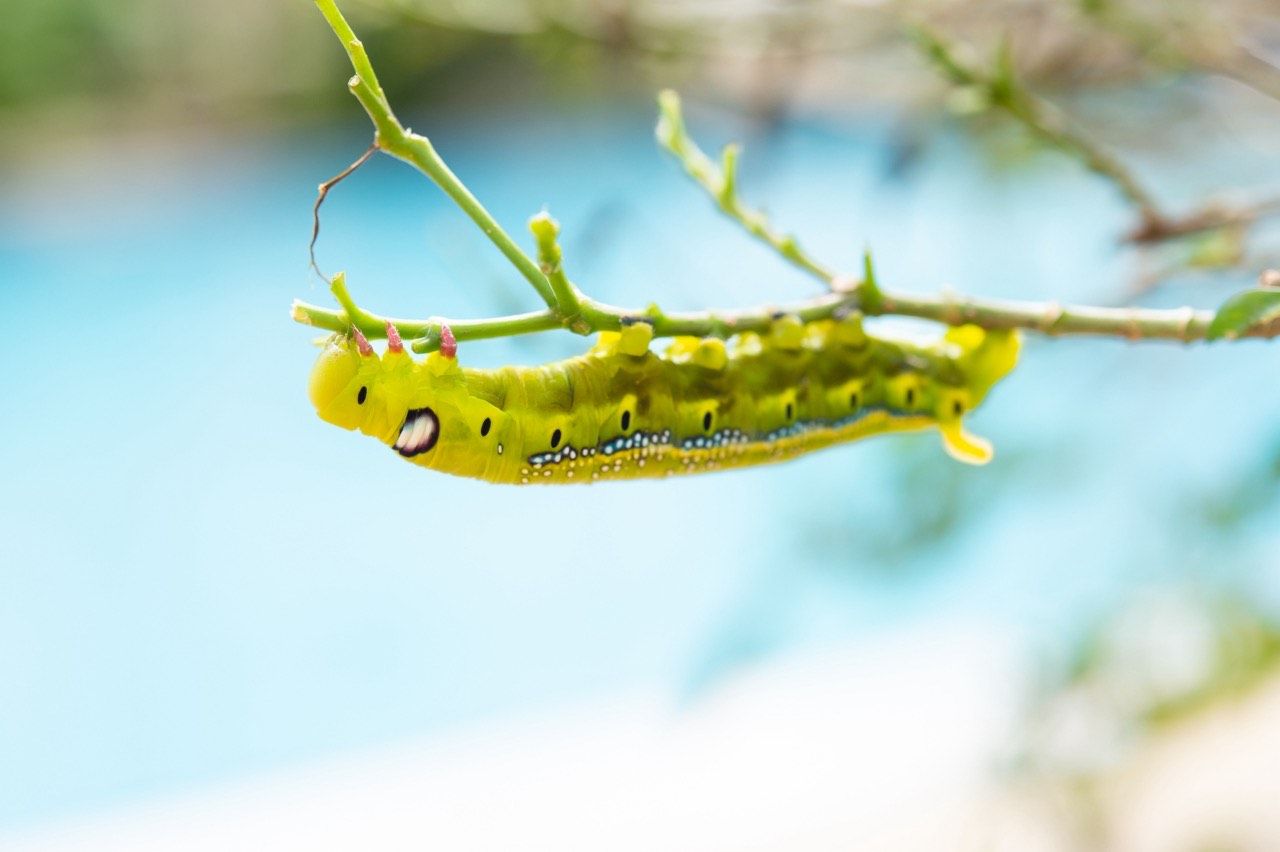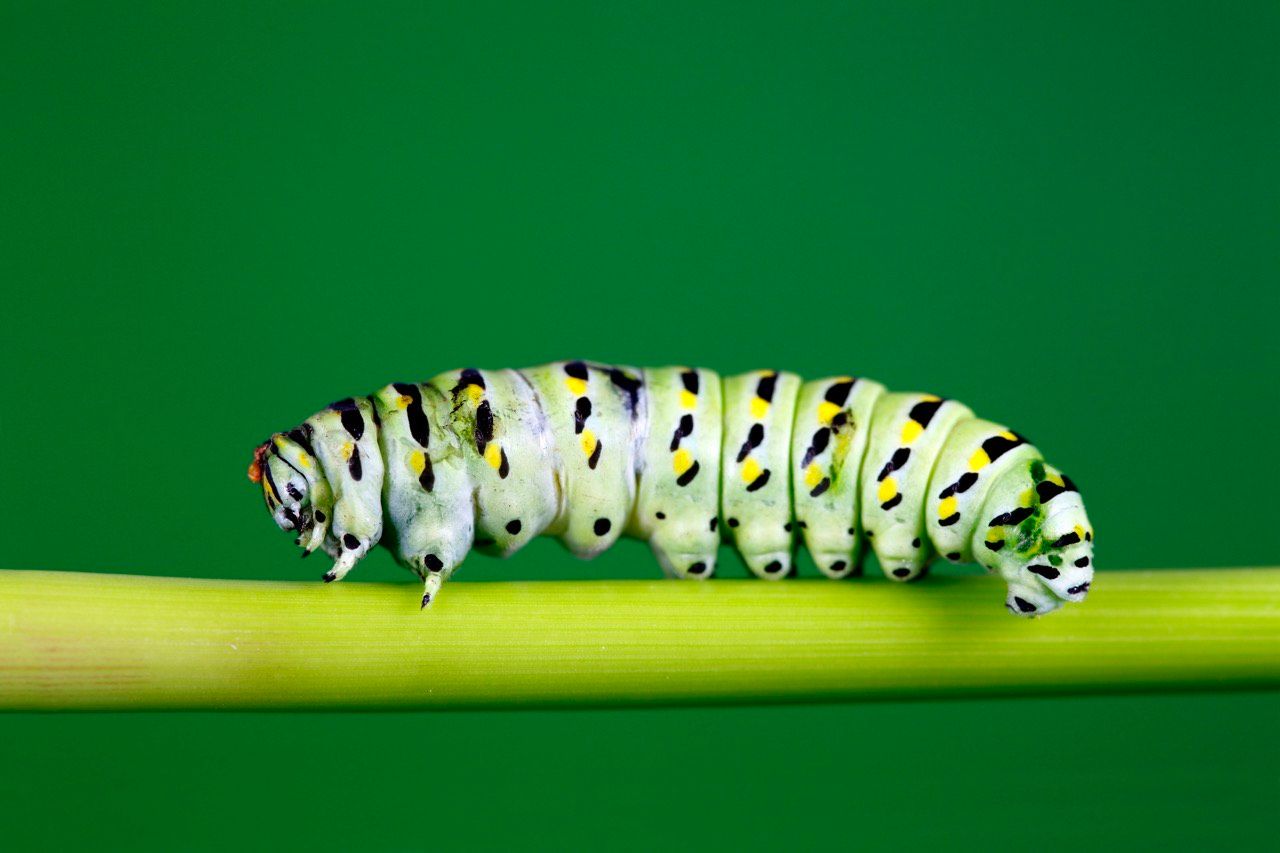At Faraja Pest, we're committed to protecting your comfort and peace of mind by expertly handling bed bug issues.

Caterpillars
Caterpillars, the larvae stage of butterflies and moths, can cause significant damage to crops and gardens by feeding on leaves. While they are a natural part of the ecosystem, their overpopulation can lead to severe defoliation, stunting plant growth and affecting agricultural productivity.
Warning
Some caterpillar species can rapidly defoliate entire plants, leading to crop losses if not managed properly.
Caterpillars can become pests in agricultural and garden settings where they feed voraciously on plants. Their ability to eat multiple times their body weight in foliage each day makes them a significant threat to plant health.
How to Identify the Pest: Early detection of caterpillars involves looking for:
- Visible Damage: Chewed leaves, especially around the edges, and holes in foliage.
- Caterpillar Frass: Small pellets of waste on leaves and around plant bases, indicating feeding activity.
- Silk Webs: Silken threads or small webs on plants, a common sign of some caterpillar species.
These signs help in identifying areas of infestation and taking early action.

Effective caterpillar management is essential to preserve the health of your garden or crops.
- Biological Control: Introducing natural predators like wasps or using bacillus thuringiensis (Bt) to target caterpillars.
- Chemical Treatments: Application of targeted insecticides that are safe for plants and minimize impact on beneficial insects.
- Physical Barriers: Using nets or row covers to physically block caterpillars from accessing plants.
Our experts at FarajaPest ensure a balanced approach to caterpillar control, combining safety with effectiveness.
Sustainable prevention of caterpillar infestations includes:
- Regular Monitoring: Inspect plants frequently for early signs of caterpillar activity.
- Cultivation Practices: Choose plant varieties that are less attractive to caterpillars or resistant to pests.
- Timely Pruning: Remove infested leaves or branches to reduce caterpillar populations and limit spread.
By taking proactive measures, you can keep your plants healthy and caterpillar-free.